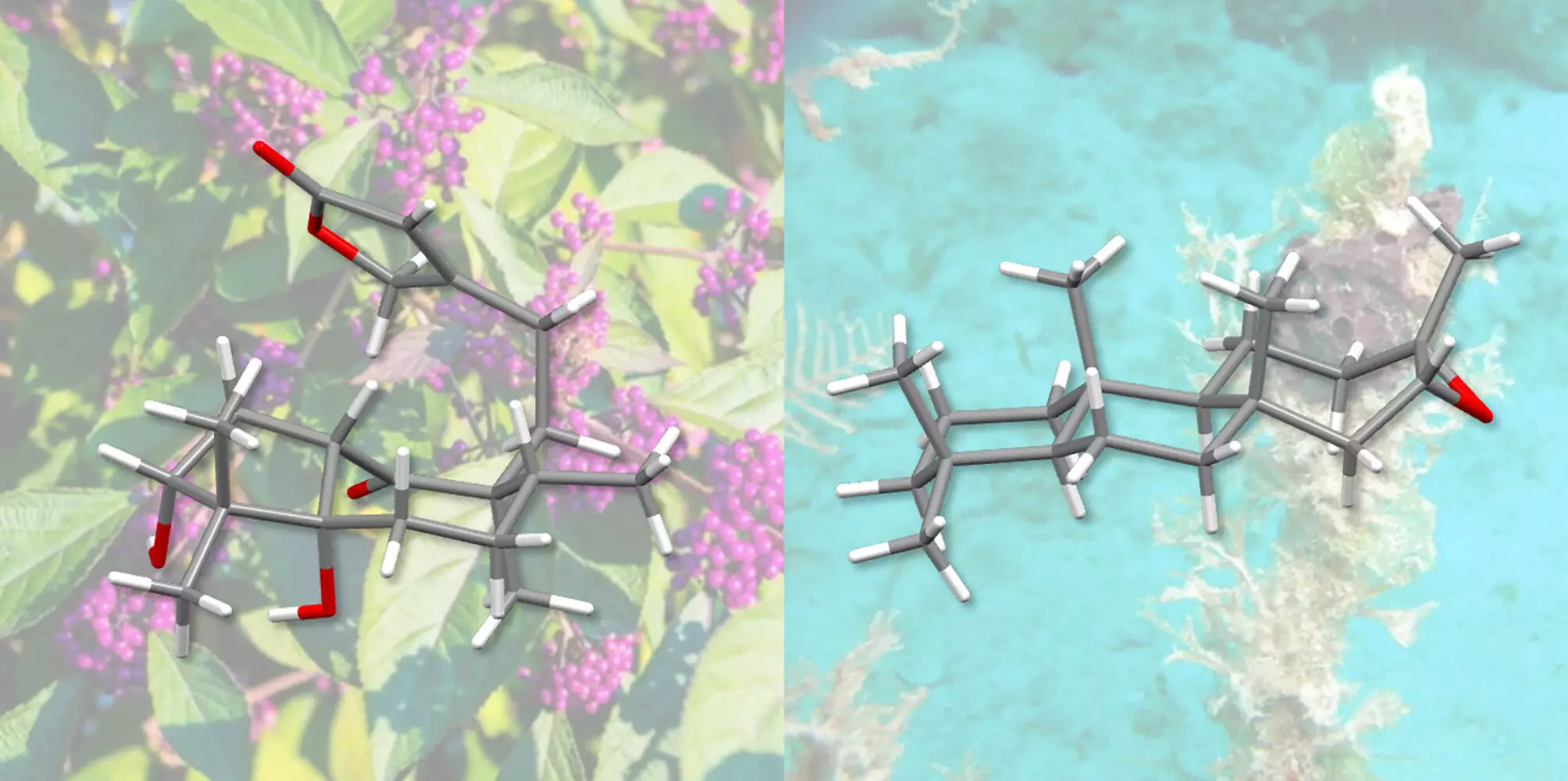Terpenes are natural substances that have a wide range of applications, from fragrances in cosmetics to flavorings in food. They also play a crucial role in the development of new medications. Chemists at the University of Basel have recently introduced a new method of synthesis for terpenes, making it easier to produce these complex molecules from simple starting materials.
Professor Olivier Baudoin and his doctoral student, Oleksandr Vyhivskyi, have successfully developed a new approach to the total synthesis of terpenes. They have used this method to artificially produce two diterpenes, randainin D and barekoxide. Randainin D, originally extracted from plants, inhibits the production of an enzyme that is involved in various medical conditions such as rheumatoid arthritis and cystic fibrosis. By synthesizing randainin D in 17 steps, the chemists have demonstrated the effectiveness of their new approach.
One key aspect of the new synthesis method is the use of photocatalysis, a process in which chemical reactions are promoted by light energy. This innovative approach has allowed Baudoin and Vyhivskyi to create the complex ring structure of the molecules and insert important chemical building blocks with greater efficiency. By utilizing photocatalysis, the researchers have been able to streamline the synthesis process and reduce the number of steps required to produce terpenes like barekoxide from ten to seven.
The results of this study have significant implications for the development of new medications. The potential of photocatalysis for synthesizing complex terpenes opens up new possibilities for drug discovery and treatment. By being able to control the exact molecular structure of terpenes and make targeted changes to improve their properties, researchers can now explore a wider range of therapeutic applications for these natural substances.
The introduction of a new synthesis method for terpenes by chemists at the University of Basel represents a significant advancement in the field of medicine. The successful artificial production of randainin D and barekoxide showcases the potential of this innovative approach for drug development. With further research and experimentation, the new method of synthesis could lead to the creation of more effective and targeted medications based on terpenes.


Leave a Reply